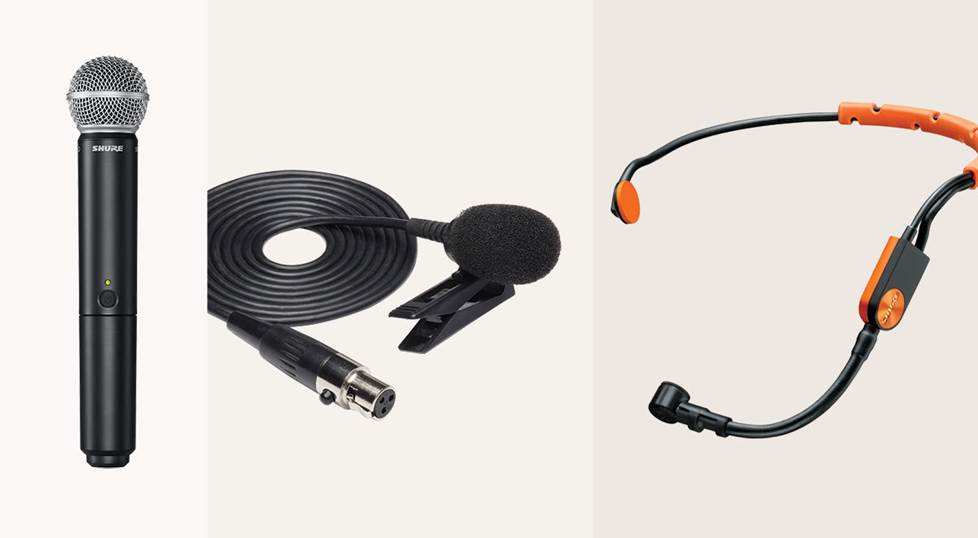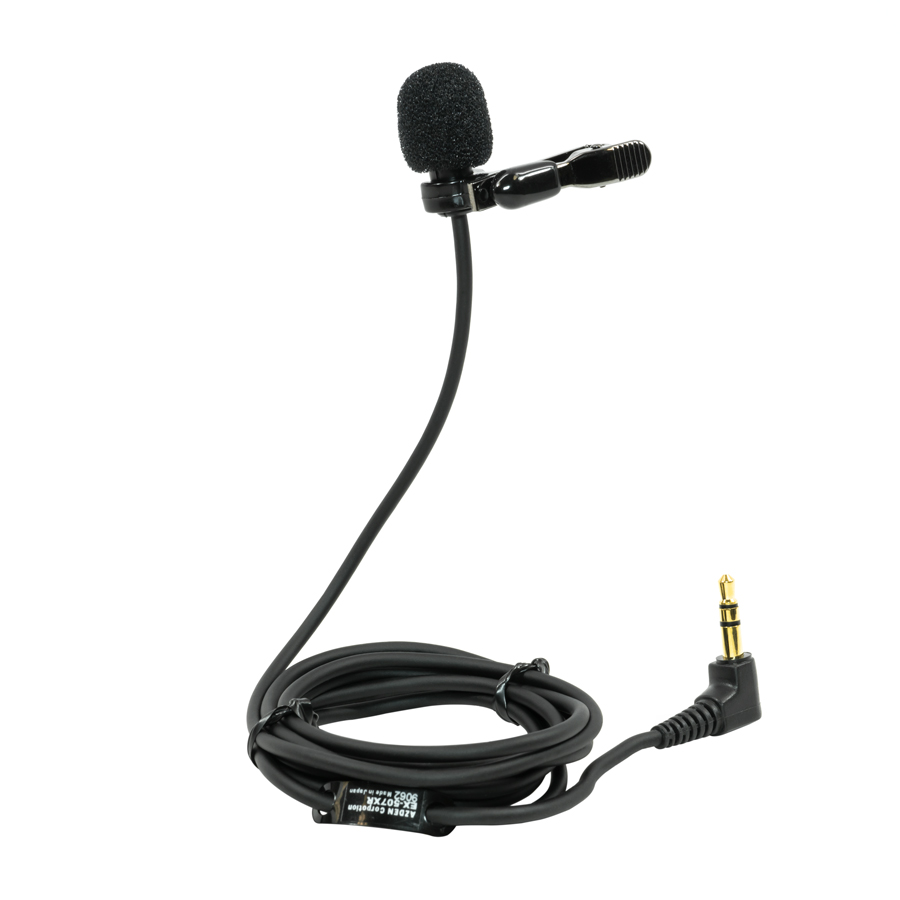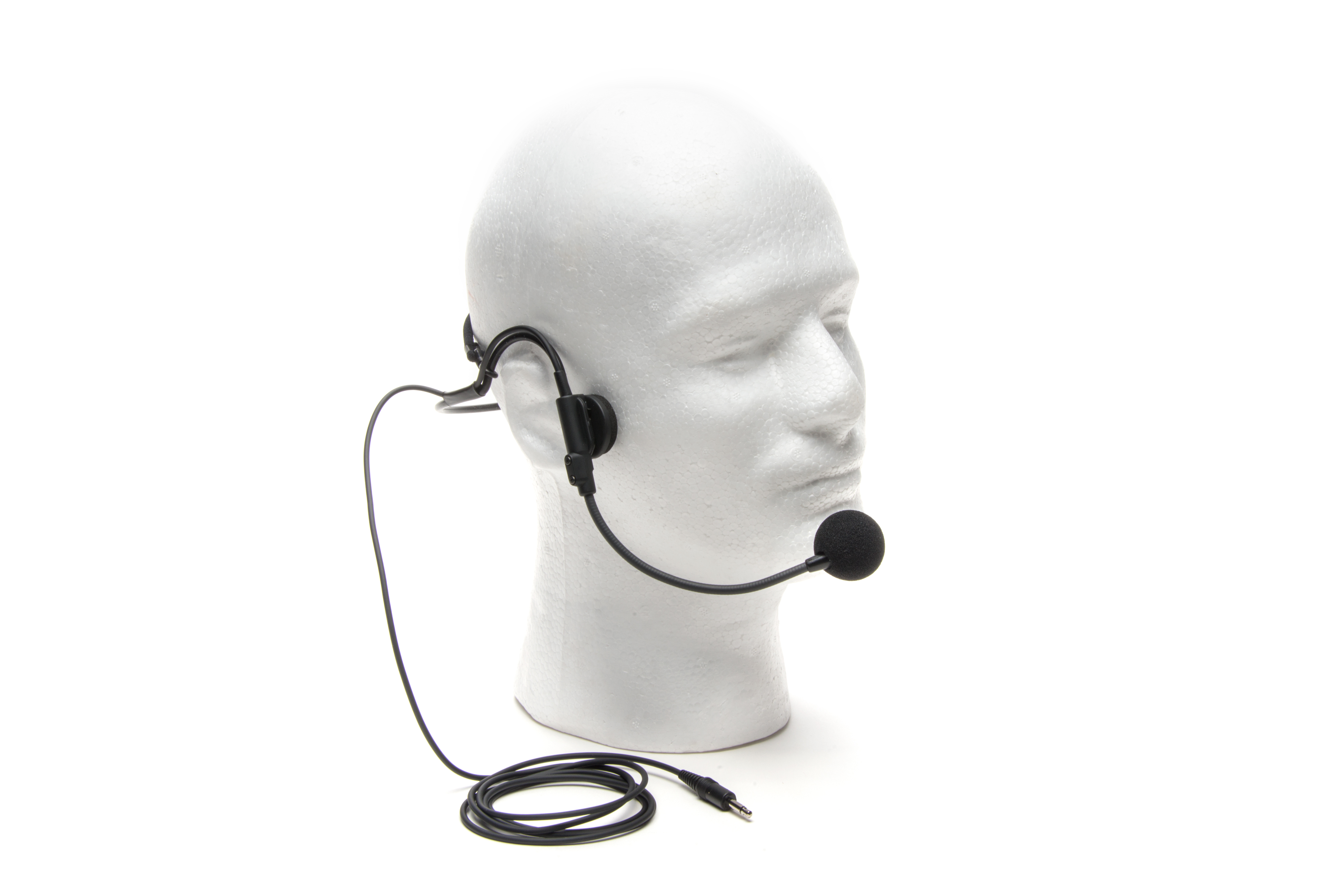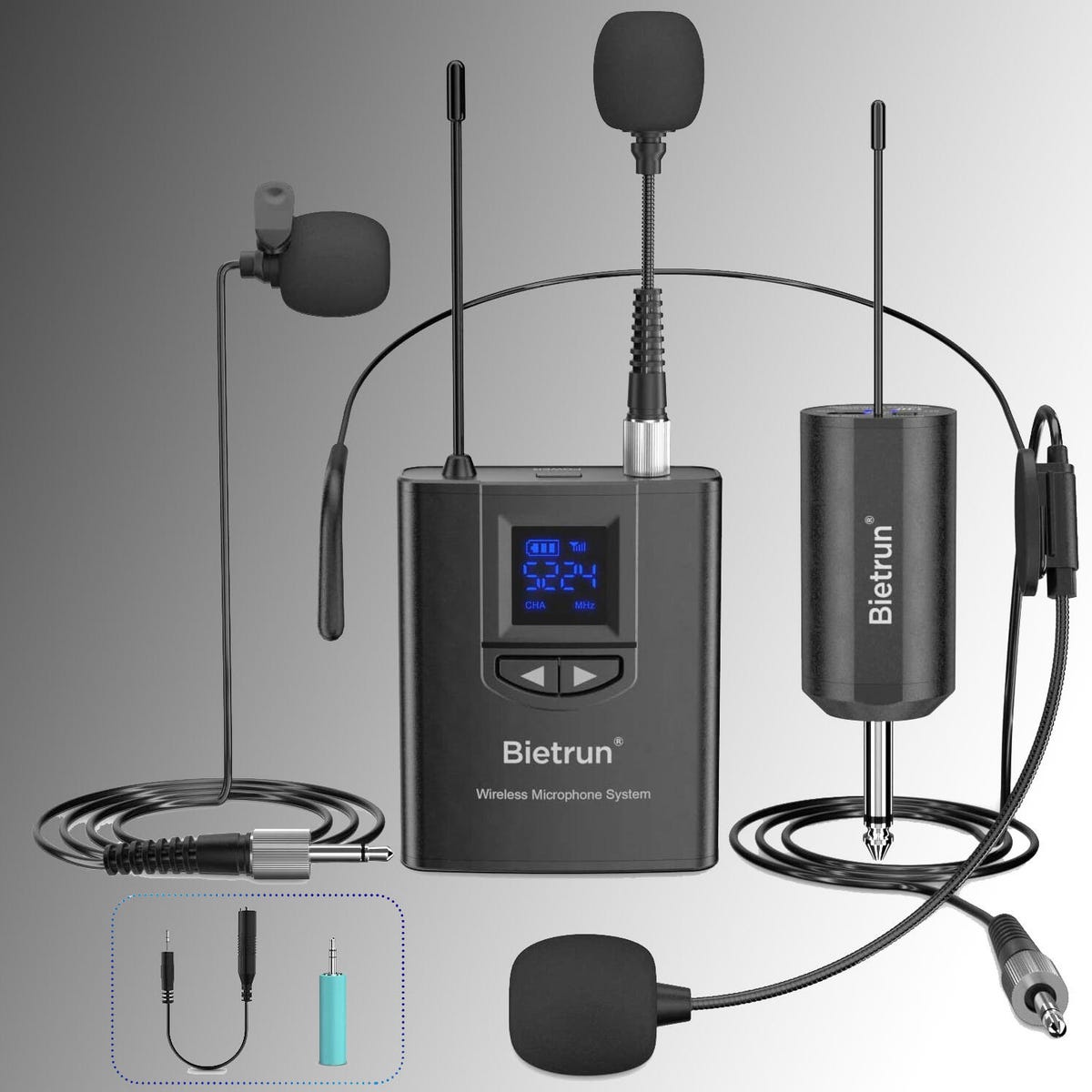
Selecting a wireless microphone for your event might be difficult because there are so many options available. A middle-of-the-road option may be suggested by some, while others would advise you to get the priciest one available. However, it goes beyond merely cost or name brand. Finding the ideal microphone for your requirements and price range involves taking a lot of aspects into account.
Cost, sound quality, robustness, battery life, range, and compatibility are a few of these variables. Below is a more detailed explanation of each one from this post. Finding the greatest wireless microphones for church for your event won't take a lot of time if you choose the correct equipment that suits your demands and your budget. However, there isn't a perfect answer for everyone.
What is the purpose of a wireless microphone?
An example of a microphone without a connection connecting it to the sound system is a wireless microphone. Because they provide speakers more freedom to roam around the stage and make it simpler for them to adjust the volume without having to constantly travel back and forth from the podium, they are recommended for some kinds of presentations. Using a wireless microphone during a presentation is highly recommended. The mobility that a wireless microphone offers might be helpful to a speaker at a business party or formal meeting. Since wireless mics free up singers' hands to utilize hymnals and let them to walk about the stage more freely, many churches also employ them during their services.
A wireless microphone system consists of the base unit, commonly referred to as a "transmitter," which is connected to the sound system, and the itself, which the speaker wears like a necklace. An electrical signal is transmitted from the base unit via the air to a different part of the sound system, often another base unit that is designed with precision to receive the signal.
Because it can move between a wide variety of frequencies to locate one that isn't currently being used by another wireless microphone or another source of interference (like a mobile phone), this device is known as "frequency-agile."
When you're close enough, a wireless microphone will sound just like any other unamplified voice; but, as soon as you get too far away, the speaker's voice shifts and becomes harder to understand. Moving closer or farther away from the recipient until their voice returns to normal is the most typical remedy to this issue.
How do you pick the best one for you?
Choosing the best brand for you might be challenging with so many options available. Prior to selecting the ideal product, you must determine what you need. Wireless microphones come in three main varieties: body-pack, lavalier, and cordless.
The most widely used wireless microphones are lavaliers, as they are known, since they provide excellent sound quality and speaker comfort. In addition, their price is more than that of other available gadgets. Generally speaking, lavaliers are most effective in presentations or lectures where the speaker will remain still and within 10 feet of the receiver at all times, however there may be exceptions.
Your selection of microphone will be based on the features and fit required for the occasion. Certain microphones are designed specifically for speech, while others perform better in noisy settings. While some use disposable batteries, others utilize rechargeable batteries. To decide which of these wireless gadgets is ideal for you, learn more about each one!
In addition to being less costly than cordless devices and having a longer range than body-pack transmitters, wireless microphones with built-in transmitters may be used up to 300 feet distant from the receiver. This makes them perfect for speaking engagements when the speaker is addressing an audience from an elevated position, such as a stage.
Many kinds of Wireless Microphones
It might be challenging to select a wireless microphone for your event because there are so many different kinds available. You will mostly encounter four sorts of microphones: lapel, portable, headset, and lavalier styles. The kind of microphone you select will be determined by your requirements.
Lavalier microphones

Lavalier microphones are tiny devices that fasten to a person's clothes. They may provide excellent sound quality and are often highly robust, but they are also typically more costly than other kinds of microphones. Lav microphones are ideal for recording live music in busy settings or situations when there is a lot going on around the speaker.
Handheld Microphone

Speak in front of huge crowds using a handheld microphone most of the time. With these mics, the speaker may move freely without worrying about stumbling over wires or connections. People who move around a lot while speaking can find handheld mics unsuitable since corded wires are prone to being accidentally tripped over.
Headset Microphones

Small earpieces connected to a cable in the shape of a microphone are called headset-style microphones. The speaker's pocket, the stage, or any other nearby sound source may all be reached by connecting the cable to an amplifier. Performers who need to sing while using both hands free frequently utilize headset microphones.
Lapel Microphone

Lastly, there is the lapel style wireless microphone, which is made up of a tiny microphone and antenna attached to a clip that, depending on the model, fastens to your lapel using pins or magnets. In addition to not interfering too much with clothes, lapel mics are a good option because there's no need to worry about tripping over cords.
Qualities to consider while selecting a microphone
Most events need the use of a wireless microphone. To get the most out of your event mics, there are a few aspects you should consider when selecting your wireless microphone.
It's crucial to take the microphone's range into account. Make sure the wireless microphone equipment you select can operate trouble-free across your event venue. Because a wireless microphone's effectiveness is limited by its range, it's critical to ensure that you can get the best possible results.
The frequency of your wireless microphone is another element to take into account. To avoid signal interference, make sure every wireless microphone you hire has a separate frequency of operation. Knowing how many channels your rental business offers for usage with their wireless microphone is helpful when selecting your microphones.
If the power goes out during your event, a wireless microphone rental in New Orleans should have a minimum of five hours of battery life. To avoid this issue, make sure the wireless microphone system you select supports both wired and wireless microphones.
Why, in spite of their increased price, are wireless microphones superior to wired ones?
For any occasion where the wireless microphone will be utilized more than a few times, renting one is a wise decision. With decades of development, wireless mics have evolved significantly from their clunky, cumbersome predecessors. The majority of modern, high-quality wireless microphones are tiny enough to attach into a tie clip or wear on a lapel; some could be a little bit bigger, but they are still manageable to conceal on a performer's body. For DJs, public speakers, and other performers that have a lot of movement required of them, wireless microphones are typically the best option. They provide the performer total mobility and allow them to approach audience members more closely during speeches or presentations.
Wireless microphones require two parts: a receiver that you put anywhere on your body so it can pick up your voice without any impediments in its way, and a transmitter that is linked into the sound system and into which you may plug your microphone directly. Since radio waves are used to transfer the signal from both ends to one another, the microphone needs to be in line of sight of both parts in order for it to function correctly. Having said that, wireless microphones don't switch channels as cordless phones do (though you should check to be sure nobody else is using the same frequency nearby), and the most of them can pick up messages more than 100 feet away.
Due to additional components, a decent wireless microphone may initially cost a little more than its wired equivalent, but in the long run, the wireless mic will save you money on sound technician work. Your performers may now move freely throughout the arena, saving you time when it comes to making EQ and level adjustments every few minutes. This eliminates the requirement for your artists to stand directly next to the soundboard during their act.
Review for more